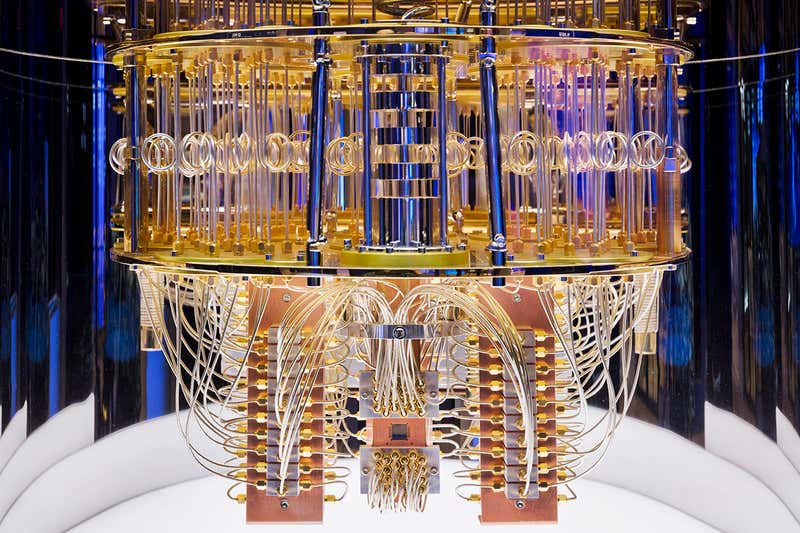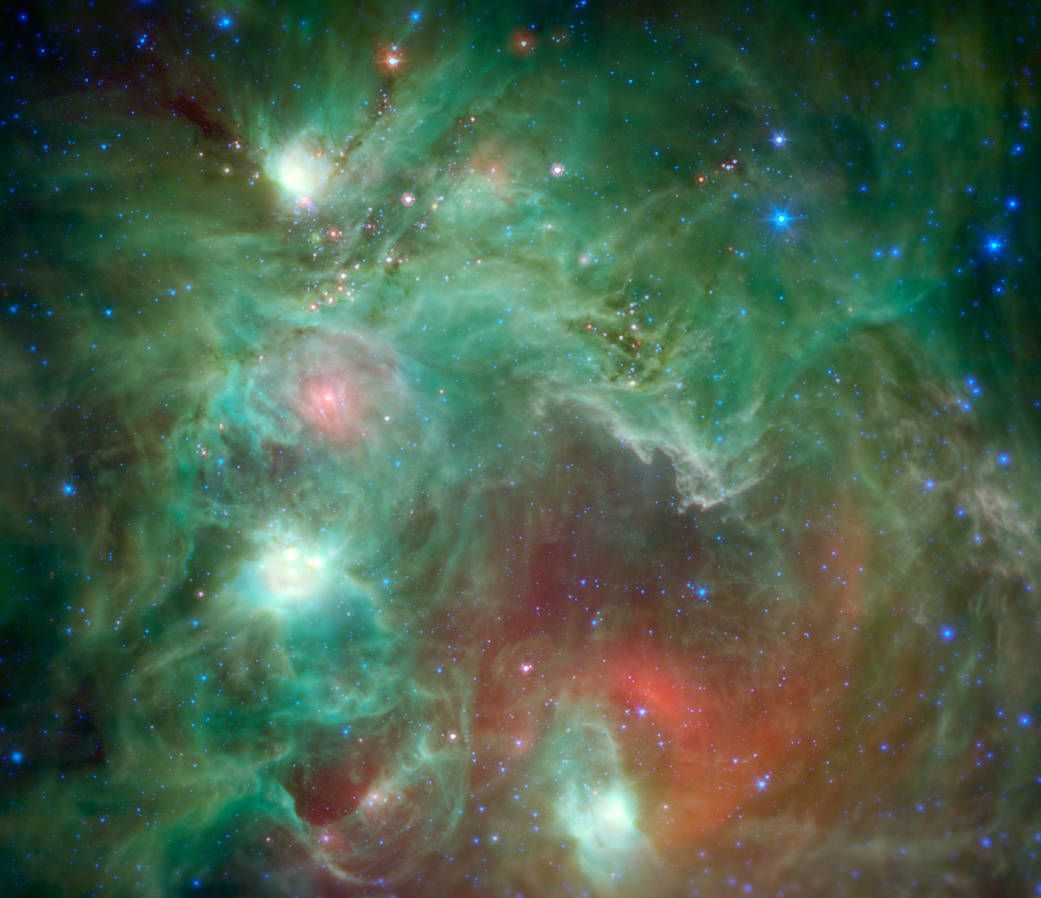2022: The Year of the Hybrid Metaverse
by Bitcoinist | Bitcoinist.com

When Neal Stephenson coined the term “metaverse” in 1992, he wasn’t envisioning a digital world that supported the real world. Instead, it was merely an “imaginary place” where people could go to escape the mundanity of their everyday lives.
Fast forward to 2022 and the metaverse has taken on a whole new meaning. Thanks to advances in blockchain technology and virtual technologies, people are now able to create their own digital worlds that intersect with the real world, creating a sort of hybrid metaverse. This has led to a new era of creativity and collaboration, as people from all over the globe can come together to create content and experiences that wouldn’t be possible in the real world.
These Will Be the Earliest Use Cases for Quantum Computers
By Edd Gent | Singularity Hub

Quantum computing is expected to revolutionize a broad swathe of industries. But as the technology edges closer to commercialization, what will the earliest use cases be?
3 Min Read →
How to Design Your Life's Blueprint
by GoalCast
🌙 NASA - Best Photo from Last Week
Baby Stars in the Orion Constellation

Scores of baby stars shrouded by dust are revealed in this infrared image of the star-forming region NGC 2174, as seen by NASA’s Spitzer Space Telescope. Some of the clouds in the region resemble the face of a monkey in visible-light images, hence the nebula's nickname: the "Monkey Head." However, in infrared images such as this, the monkey disappears. That's because different clouds are highlighted in infrared and visible-light images.
Found in the northern reaches of the constellation Orion, NGC 2174 is located around 6,400 light-years away. Columns of dust, slightly to the right of center in the image, are being carved out of the dust by radiation and stellar winds from the hottest young stars recently born in the area.
Spitzer’s infrared view provides us with a preview of the next clusters of stars that will be born in the coming millennia. The reddish spots of light scattered through the darker filaments are infant stars swaddled by blankets of warm dust. The warm dust glows brightly at infrared wavelengths. Eventually, these stars will pop out of their dusty envelopes and their light will carve away at the dust clouds surrounding them.
In this image first published in 2015, infrared wavelengths have been assigned visible colors we see with our eyes. Light with a wavelength of 3.5 microns is shown in blue, 8.0 microns is green, and 24 microns in red. The greens show the organic molecules in the dust clouds, illuminated by starlight. Reds are caused by the thermal radiation emitted from the very hottest areas of dust.
Areas around the edges that were not observed by Spitzer have been filled in using infrared observations from NASA’s Wide Field Infrared Survey Explorer, or WISE.
Image Credit: NASA/JPL-Caltech
Last Updated: Jan 12, 2022
Editor: Yvette Smith
📚 Top 3 Book Summaries for the week
Disclaimer: None of the content in this newsletter is meant to be financial advice. Please do your own due diligence before taking any action related to content within this article.
Disclaimer: Unbound is reader-supported. When you buy through links on our site, we may earn an affiliate commission.





